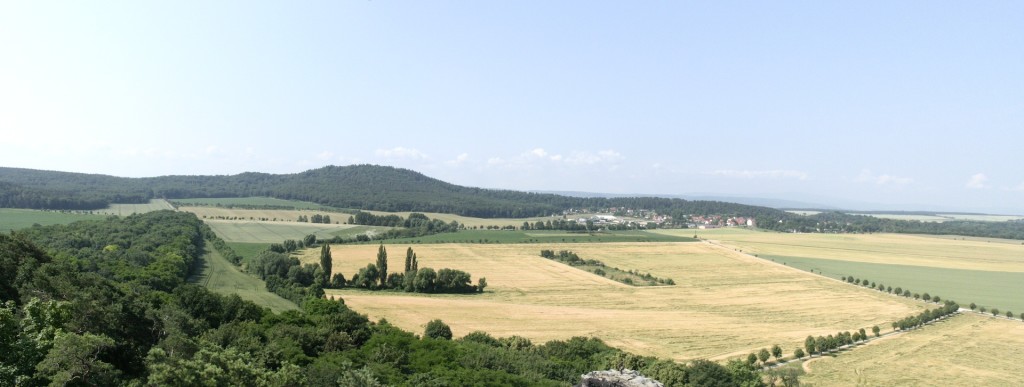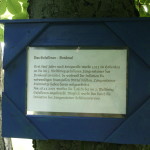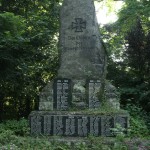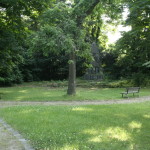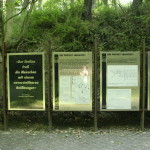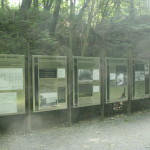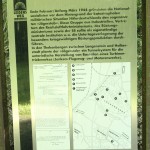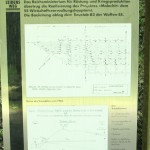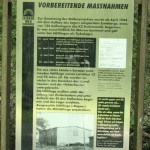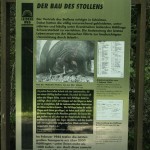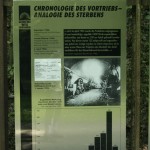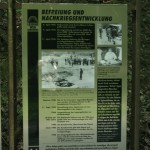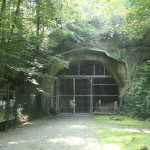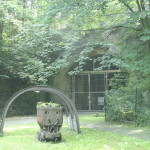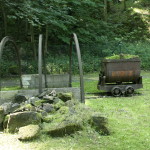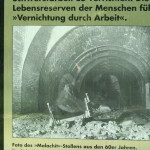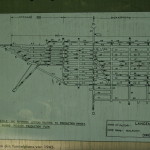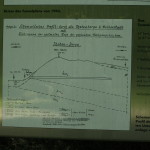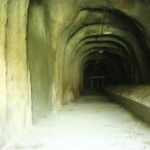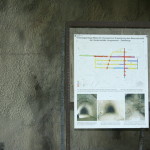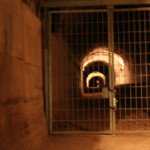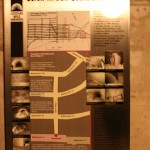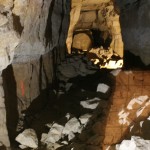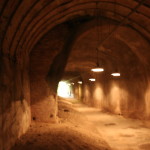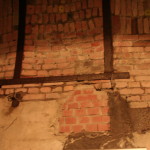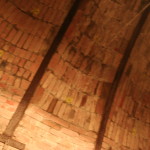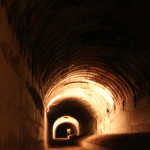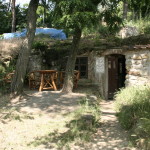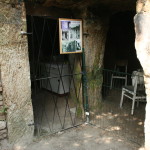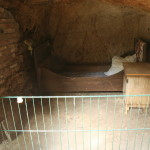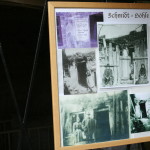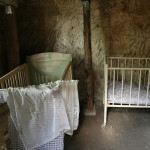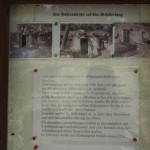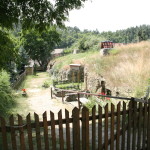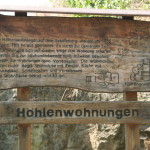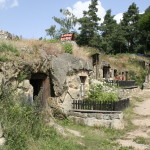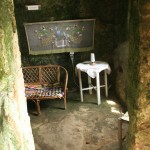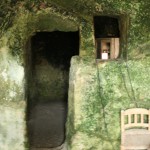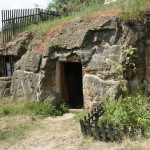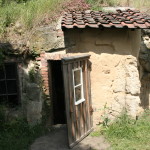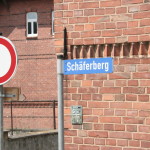I was able to visit three other tunnel locations, besides the tunnels at Porta Westfalica. The first of these former projects is near the small village of Langenstein. From the train station, it is a 5-kilometer walk to the memorial museum. Along the way I found another monument and memorial. It was originally built to honor those from the area that died during the First World War. Those who died during the Second World War were added on later.

From the museum house, it is another 2-kilometer walk. I had to walk the distance there and back due to a lack of taxi and public transportation. This ended up adding a certain amount of appreciation for the concentration camp inmates who were forced to walk from their barracks about 3 kilometers every morning to the tunnel entrance where they worked for 12 hours, and then marched back another 3 kilometers. Indeed, in planning and building the memorial museum, the planners purposely built the museum house 2 kilometers away, so that visitors would have to walk the same path as the inmates.

I spoke with an older grounds keeper on the way to the tunnel entrance. He was helpful in providing some background history on the former underground dispersal project. I was curious to see how much the neighboring villagers knew about what was happening a short distance from their homes, so I asked my guide. He grew up in the village, as did his parents who lived there during the war. He said that the villagers only knew that “something” was happening in the mountains, some kind of building project, but they did not know what exactly. According to this local, they did not have any knowledge that concentration camp members were used as forced labor. Taking into account the distance of the village, and the accompanying fear that people had in saying or doing anything against the Nazi party (a point that was continually brought up by Dr. Franke in Porta Westfalica), it is understandable that no one knew or would claim not to know anything about the nefarious acts of the Nazi party.
One other aspect of the visit to the memorial museum at Langenstein is of interest to note. Part of my dissertation research is to find out how the Nazi past, particularly the victims of the Nazi government, are remembered in the present. It was interesting to see that a youth organization was at the memorial grounds volunteering their labor to keep the area clean and beautiful. A good way for youth to connect in some way with their history is by performing service to commemorate and honor those from the past, particularly those who suffered unjustly.
A final experience in Langenstein is worth sharing. As I walked through the town on the way to the memorial I noticed signs for the cave dwellers of Langenstein. After my visit to the memorial, I made a stop at the cave dwellers. The story goes that in 1856 or there about, several families moved to Langenstein, but there were no houses available. They were instructed to carve out some rooms in the Shepherd Mountain sandstone. So they did. Upwards of 12 families lived in these cave houses, just like Hobbits, with one house being continuously occupied until 1916. Here’s the website: http://www.hoehlenwohnungen-langenstein.de/ And some pictures of the place:
